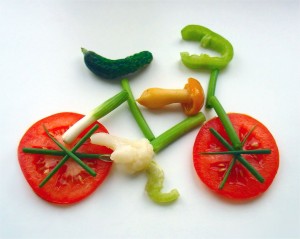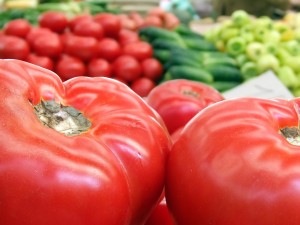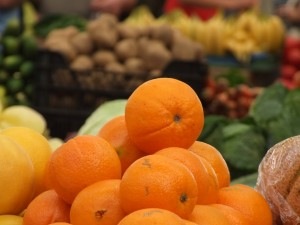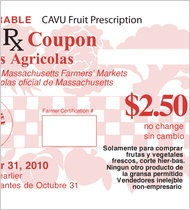 What Is Clean Eating?
What Is Clean Eating?
Clean eating is about wholesome and natural food – food that isn’t full of chemicals, preservatives, additives and isn’t processed and/or refined.
Clean eating is healthy eating. All of the whole, natural, unprocessed foods in a clean diet are chock full of vitamins, minerals, fiber, and other nutrition that will help you control your weight, blood pressure, blood sugar, and cholesterol, and other markers important for good health.
What To Do
To eat clean, the April 2011 edition of Environmental Nutrition lists seven basic behaviors:
- Eat fresh, uncomplicated, whole food – and choose it in its natural state.
- Eat smaller meals – perhaps three small meals and two snacks each day instead of behemoth portions.
- Eat good carbs — keep the healthy carbs like veggies, legumes, whole grains, and fruit in your life – and ditch the processed and refined ones like the “whites” (sugar, flour, rice).
- Incorporate healthy fats like the monounsaturated fat in olive oil and nuts and cut down on the saturated fats found in dairy and animal products and the trans fats in processed baked and fried foods.
- Eat high quality lean protein like fish, chicken, turkey, lean meat, and low or non-fat dairy.
- Make water your beverage of choice.
- Move your body.
By the way, you do need to wash your vegetables – and fruit. Wash them really well in plenty of plain water. No need for detergents or fancy vegetable washes.





